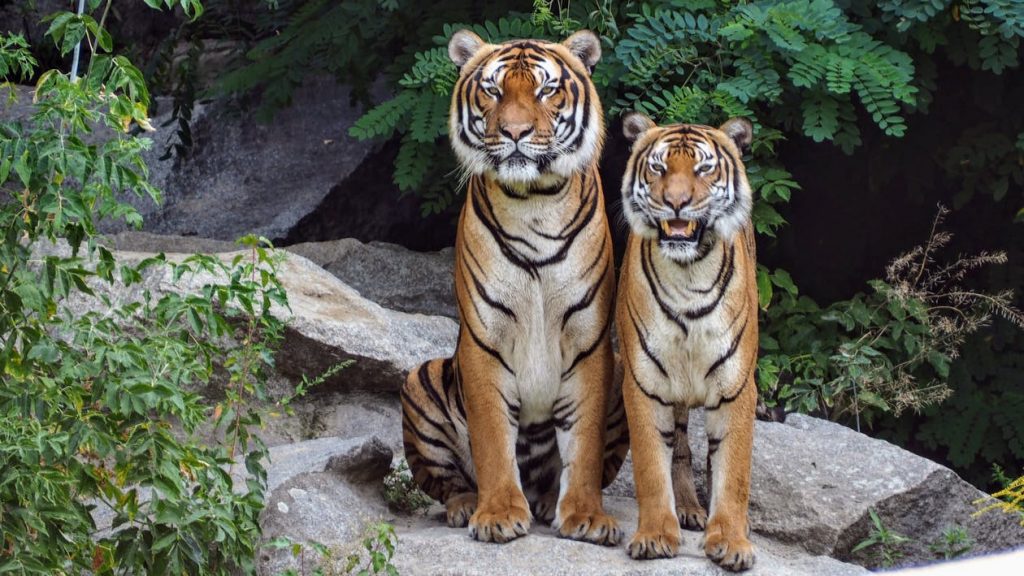
There are lots of fun (and educational) ways to spend the day out with family or friends while experiencing nature. Wildlife parks offer a variety of activities to look forward to such as safaris, garden walks, and opportunities to see both native and exotic animals.
Besides enjoying the exhibits, many wildlife parks participate in breeding programs and events to teach people of all ages how endangered animals can be saved from extinction. Being concerned about our planet’s wildlife is extremely important, but you don’t have to watch reruns of boring lectures about fruit flies to get people interested in conservation. Here are a few ways that a wildlife park can help.
Wildlife park goals
Did you know that there are 8.7 million different species on the planet? While scientists are confident in this estimate’s accuracy, it could take up to a thousand years to even catalog them all. A million and a half of those are insects alone.
It’s not too difficult to find nearby parks, zoos, and aquariums that display some of these animals, including bugs, fishes, and plants. You can venture to one with a group or by yourself to discover where these creatures reside and how they survive in their natural habitat. For example, wildlife parks might contain animals such as marmosets, one of the world’s smallest primates, or more common American black bears. Many zoos and parks are accredited by the AZA (Association of Zoos and Aquariums). And their collective goal is to educate people about the proper care and management of animals, breeding programs, and wildlife conservation.
Why it matters
Some animals don’t survive the changes we make to their ecosystem, despite our conservation efforts. Recently extinct animals include the golden toad of Costa Rica and the West African black rhino. Other animals like the Hawaiian Crow are extinct in the wild but still exist in captivity. Such species are part of breeding programs to boost numbers and save them from disappearing for good.
But when it comes to protecting our planet’s wildlife, why specifically does it matter? The Earth is a huge ball of biodiversity, filled with ecosystems that boost humans’ quality of life. The replenishment of wildlife is not only aesthetically pleasing, but the regrowth of trees and plants reduces pollution, cleans the air, and absorbs carbon dioxide.
Make a day of it
Spending the day at a wildlife park can be a great time for everybody. For kids, watching animals and learning cool facts is a bonus while they learn important lessons. Parks have maps which you can use for scavenger hunts, so you can search for certain animals and reward either your own kids or your students (if you are a teacher). Groups can contact the park or zoo to hire a guide and see a presentation that consists of educational programs or books. Some locales are even happy to let you host a birthday party there. And of course, there’s often a gift shop full of everything from t-shirts to coffee gifts and mugs.
For adults, wildlife parks and zoos often have entertainment like bands or brewery nights after hours, all with the addition of animal conservation efforts that you can get involved in. You can go and enjoy a different spin on a date night or just blow off steam after a long day at the office.
Once you’re back from the wildlife park, you can extend the experience to your own home by discussing smaller ways to help the environment, like recycling. Many local zoos and parks have volunteer programs that train you to take further steps to educate others about the importance of wildlife conservation.

